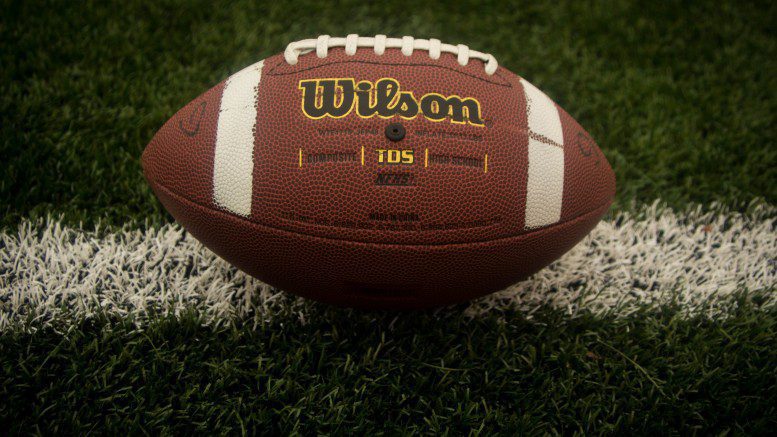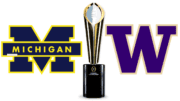by Cam Smith, USA TODAY High School Sports
USA TODAY High School Sports is a partner of High School Football America
The National Federation of State High School Associations (NFHS) has unloaded the latest crop of rule changes aimed at making football safer, and they could have a significant impact on the way a handful of critical plays unfold.
In an official release posted on the NFHS website, the national association which oversees state governing bodies released 11 new rule changes in all. The two most significant focused on a particular form of the onside kick as well as the interpretation of a blindside block.
See more high school sports coverage from our partner USA TODAY High School Sports
As outlined by the NFHS, the organization’s definition of a blindside block oversaw significant changes. From here out, in virtually all major states, any time a player is carrying a football and does not see a defensive hit coming, the player who initiated the contact will be served with a 15-yard penalty. The NFHS outlined a number of when these circumstances would arise, including the following:
- A player in the act of or just after throwing a pass;
- A receiver attempting to catch a pass who has not had time to clearly become a runner;
- The intended receiver of a pass in the action during and immediately following an interception or potential interception;
- A runner already in the grasp of a tackler and whose forward progress has been stopped;
- A kickoff or punt returner attempting to catch or recover a kick, or one who has completed a catch or recovery and has not had time to protect himself or has not clearly become a ball carrier;
- A player on the ground including a ball carrier who has obviously given himself up and is sliding feet-first;
- A player obviously out of the play or not in the immediate vicinity of the runner; and
- A player who received a blindside block with forceful contact not initiated with open hands.
The NFHS’ approach to needed changes in the onside kick were more direct: Essentially, the group wanted to ensure that the dangerous practice of kicking pop-up onside kick attempts. The result is a comprehensive plan that eliminates pop up kicks in an effort to safeguard its front line players.
Encroachment was amended to add “defensive players are (now) restricted from contacting the ball prior to the end of the snap or making contact with the snapper’s hand(s) or arm(s) until the snapper has released the ball.
The entire list of NFHS proposed rule changes can be found on the NFHS website, and include a number of other very particular rule shifts: All home uniforms have to be darker than gray, non-contact face guarding has been made officially illegal, and encroachment has been outlined in more strict terms.
The NFHS hopes that the full quotient of rule changes will minimize the risk of injury, in an attempt to make the game as safe as possible and ease persistent concerns about the injury risk in youth football. Whether the 11 changes will do enough to stem the (very) gradual tide of decreased participation remains to be seen.
Follow USA TODAY High School Sports on Twitter at USATODAYHSS







